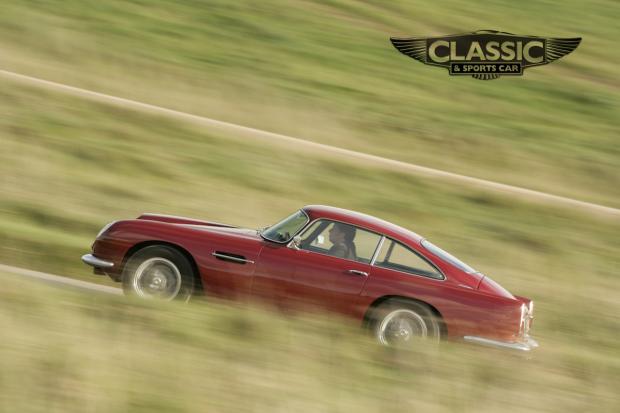
In the hierarchy of Aston Martin road cars, the DB4GT is only outshone in perceived desirability by its Zagato-bodied sibling. Five inches shorter, 200lb lighter and 62bhp stronger than the DB4 ‘saloon’, the GT was conceived as a road car in which the well-heeled sporting gentleman might go racing of a weekend. As a five-star collector’s piece, the ingredients to elevate it into the rarefied atmosphere of £1m-plus icons have always been there. The mystique of the Aston Martin name and the svelte magic of this Touring shape have been parting rich men from their cash for years, but the exotic GT tag adds another dimension of exclusivity.
Aston charged an extra £779 for the two-seater GT, which, as far as most buyers were concerned, was simply a noisier, less-accommodating car than the already adequately rapid two-plus-two DB4. Depending on the axle ratio, it chopped
5 secs off the car’s 0-100mph time and Reg Parnell reduced Aston’s classic 0-100-0 figure to 24 secs. Even so, only 75 discriminating buyers saw the attraction of a lighter, faster and less compromised DB4. Good for 302bhp, the GT, launched at the Earls Court show, was Britain’s fastest listed production car in 1959.

It was conceived by Aston’s general manager John Wyer as a way of maintaining a presence in competition after the firm retired from sports car and GP racing. Much of the GT’s allure has always centred on its motor sport credentials and the fact that it provided the genesis for the DB4GT Zagato and the Project Cars, David Brown’s last attempt at works racing glory.








